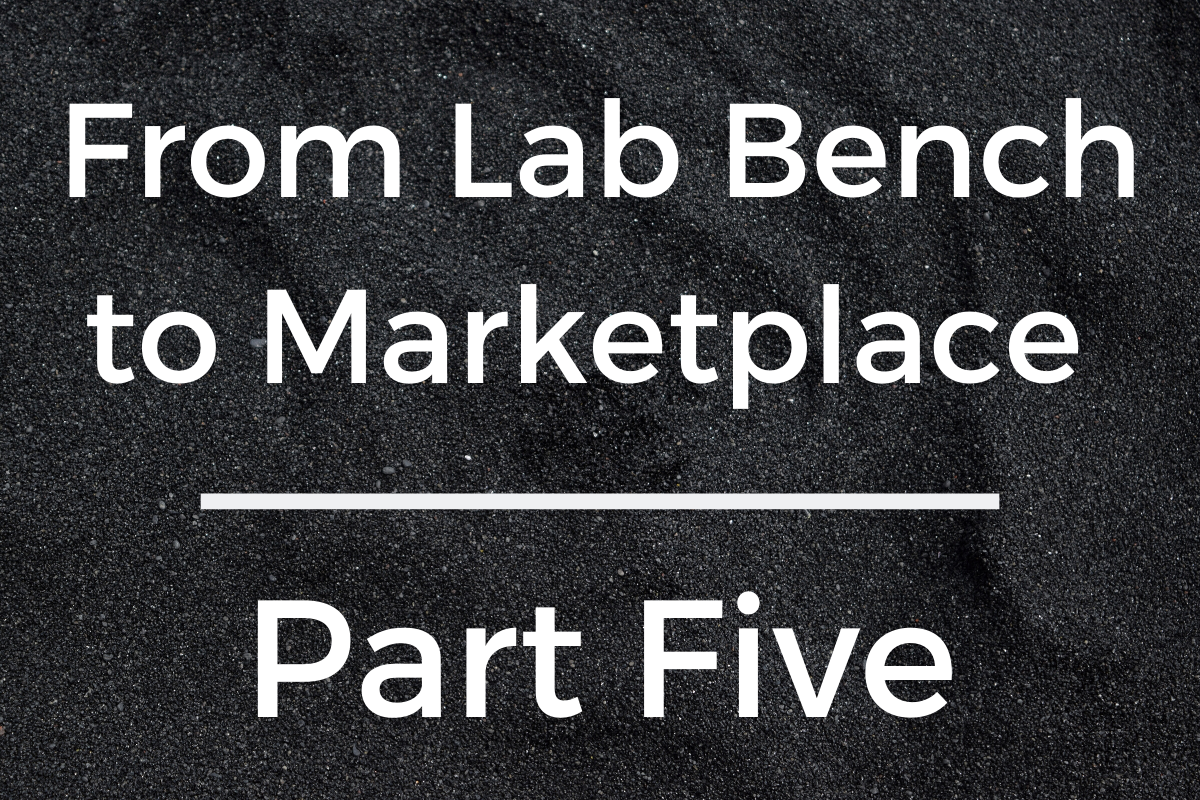How Ontario’s researchers are transforming the water sector
Taking promising research from the lab bench to the marketplace isn’t a simple journey. But with a little help, investigators at Ontario universities are commercializing their discoveries. And the technologies they’ve developed — from high-tech sensors to artificial intelligence and nano-catalysts — promise to change water monitoring, distribution and treatment, both locally and globally.
In Part Five, the final article in this mini series, learn how Dr. Frank Gu’s research team at the University of Waterloo developed a nano catalyst to treat a variety of water contaminants, which led to the launch of H2nanO.
Breaking down petroleum pollution
A few years ago, the team in Dr. Frank Gu’s chemical engineering lab at the University of Waterloo developed a nano-catalyst activated by sunlight that can break down water contaminants.
Gu quickly recognized the potential of this discovery and started looking for partners and investors. “Basically, we started pitching it to anyone that walked through my office,” says Gu, who now holds an NSERC Senior Industrial Research Chair in Nanotechnology Engineering at the University of Toronto.
A few members of the Golden Triangle Angel Network stepped up, providing the cash he needed to launch H2nanO with his graduate student Tim Leshuk.
Gu jokes that commercializing the nano-catalyst was like doing a second PhD — this one in entrepreneurship. But staff at the University of Waterloo’s Commercialization Office were great mentors, helping him shape the early phases of his research and negotiate contracts. Local incubators and accelerators helped the fledgling enterprise grow. Meanwhile, several small-scale feasibility and pilot projects funded through OWC’s Advancing Water Technologies program validated the science behind the technology.
Now, H2nanO has just wrapped up a bigger pilot that involved treating more than 10 cubic metres of petroleum-impacted process water a day, with even better results than Gu anticipated.
The next step is to prove their technology can handle industrial-sized volumes. But Gu is thinking even further ahead. “Right now we are looking at petrochemical and chemical-based industries,” he says. “But I think this particular way of using sustainable sunlight as a way of powering water treatment reactions could be used in a number of different verticals, from industrial wastewater to even drinking water polishing.”


